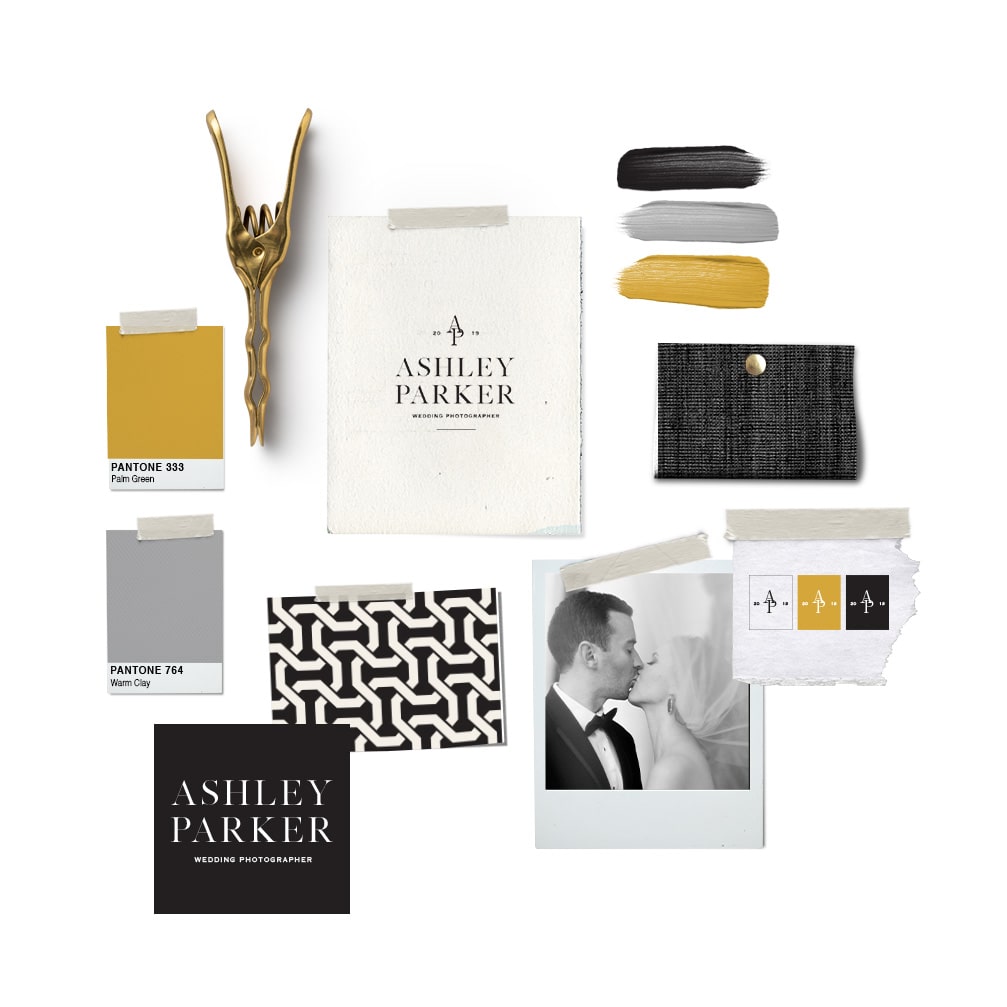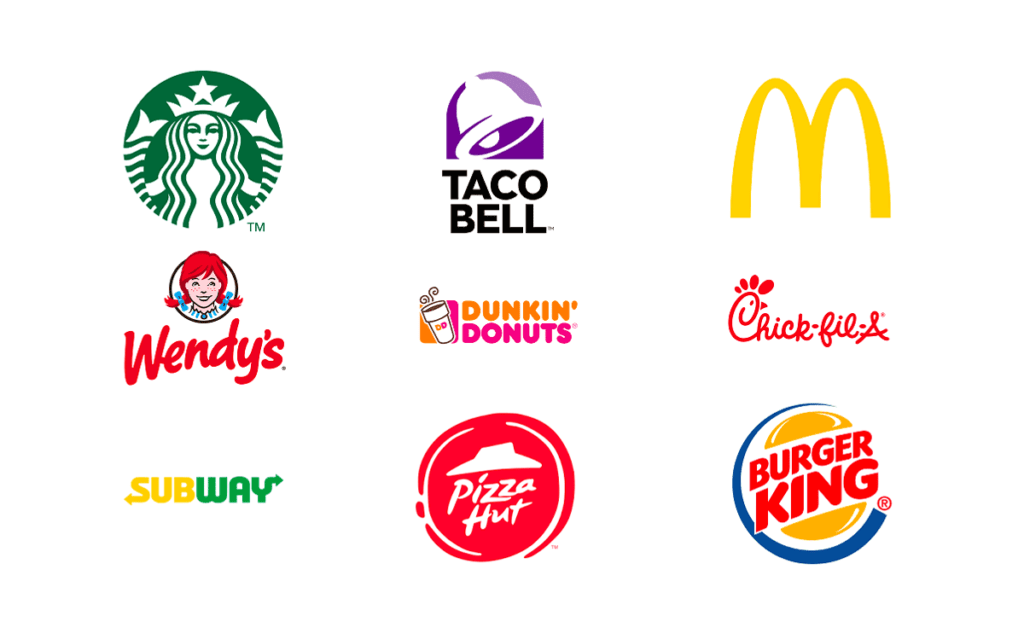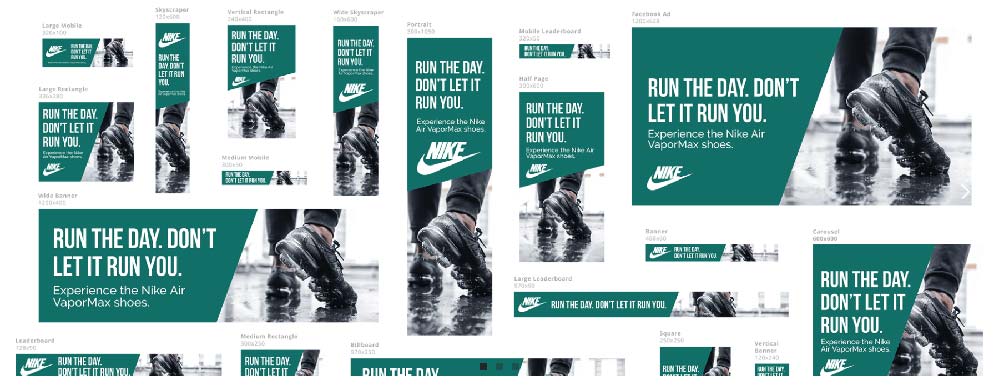Top 10 Branding Elements To Follow For Startup Companies
If you were to list all the startups that had failed in the past ten years, a single page of Google Docs would not be enough to contain them. More than three billion startups were founded in the last decade, but sadly, 90 per cent never made it through (roughly almost three billion).
That’s the harsh nature of startups. Now it’s started, the next it’s gone. There are many factors associated with startup failure. Chief among them is limited capital, market share, and mismanagement. But even those factors covered, some failures may still arise from an improper business foundation, such as branding elements.
That’s why in this article, we will equip you with the correct information on how to establish your business or your brand correctly. Because branding goes beyond logos and colours, it’s deeply rooted in your customers and your business goals and missions.
It’s the story that you tell your people. And it’s the relevance of your product and service to people’s needs. If you don’t address this aspect right from the start, it’s like putting your feet on a territorial landmine.
Before you go astray, let’s start with the basic branding elements and from there move on to more advanced concepts:
Table of Contents
What is branding?

Your business is your brand. Some companies might get lost with the notion that their brand is somewhat separate from their products or services. But that is not true because before product development is the stage of understanding the target market. And in knowing your market, you’ll figure out your brand.
Branding is simply creating the name, designs, and overall voice of the business. It’s the way of framing your products and services. “Branding is a promise,” says Forbes, an answer to the question of what you can contribute to your consumers.
For a budding company, fundamental aspects such as website, aesthetics, and social media identity play a pivotal role in successful branding. It can catapult a startup to great success in their industry, a feat that is especially difficult as more and more startups flood the market.
Let’s run through them below and explain the basics of branding.
Essential Branding Elements
1 – Brand Name
It’s common sense that all brands need a name. But how should brand names be created? The truth is you can name your business however you want. It doesn’t always have to be profound or has a deep meaning attached to it. Some names are just easy to pronounce, easy to remember, and easy to write; that’s why they’re chosen.
Other names are associated with the founder’s favourite colour, place, or region. Other names were created as a portmanteau of two business-relevant words.
You don’t have to spend too much time and resources thinking of the name because the name itself won’t carry the business to its highest point at the end of the day. Sure, make it legible, short, and appealing. But once you’ve checked these criteria, and you still find the name you have in mind to be right, then give it a try.
2 – Stories

Stories are essential selling points of your brand. An effective brand has a compelling story to tell. Be it how you founded the business from scratch or how you developed your product or service. Stories have a mass appeal. It is easy to understand. But more than that, it forms empathy and understanding from your target audience.
It’s important that early on in your business, you create a story that is founded on truth and experience. But not just any story, of course. The narrative should have a complete arc. It means it has a start, a middle, and an end. The resolution should be compelling enough that people want to know more about your brand or, even better, buy your products or services.
3 – Website
Your website is your online address. Like a brick-and-mortar store that has a specific place down the street, your website is the online destination of your customers and investors. This is where they’ll find the essential branding elements of the startup, such as the name, logo, colour palette, contacts, and physical address.
Creating a website is the number one step of good branding for a startup. “Your website is the centre of your digital ecosystem,” says Leland Dieno, a web developer and digital marketing expert. Well-designed websites attract prospective customers and investors.
Establishing a website is relatively easier than figuring out the best domain name. Deciding for a domain name takes deliberate planning. A domain name is a component of the URL used to access the website. For www.mybusiness.com, the domain name is my business.
The domain name needs careful consideration because it is a significant part of the website address. Not only should it be the exact name of the brand, but customers should quickly memorise it and be search engines optimised. That means Google and other search engines can crawl the website, leaving no unnecessary letters, numbers, and characters that might affect the URL’s intelligibility.
Designing a website doesn’t require too many resources. Some web hosting services like Wix and Go Daddy can help you build a website in less time and with minimal investments.
4 – Logo

The logo is the face of the brand. A logo can communicate a whole identity with a simple image in a limited frame.
Logos can be in the form of words — in different styles, also known as wordmark or logotype. It can also be in the form of an image — usually an icon or an emblem. This type of logo is called a logomark.
Which one to choose? For starters, wordmarks are the best option. Because in this case, you’re capitalising on your name. You have to design a unique letter style. But it is easily associated with your business. However, logo images are more likely to fail because they’re difficult to remember, especially for startups, and most images are poorly designed, sometimes irrelevant to the brand. Hence people quickly forget it.
Or you can use both. Some famous brands like Pepsi, Adidas, Doritos, and Lacoste combine wordmark and logomark. Since you capitalise on both types of logos’ benefits, you also minimise the disadvantage of choosing either one.
The most important thing with logos is brand recall. The golden arch of Mcdonald’s is identifiable meters away. Starbucks’ detailed siren logo and Apple’s minimal apple-with-a-bite design speak enough about the company.
You want to create a unique and simple logo to the point that people can easily recognise it anywhere. (Note that for startups, this is unlikely because it will take massive branding campaigns to be easily recognisable.)
Don’t know where to start? Why not align with some of the biggest logo design trends. You might catch a simple idea to incorporate into your branding elements or rebranding campaigns. Even better, learn how designers do it to grasp the logo design better.
5 – Colours
You might think colours are a no-brainer in the world of startup branding elements. But colours, like logos, are distinguishable.
It tells a story too, and it communicates an identity. So any colour should be a conscious choice. Even no colour is a choice. Think Apple. Black-and-white connotes minimalism. The sky blue shades of Facebook are thought through too. These are startups that have proven that colour choices matter.
If you want to replicate the success of these businesses, start with your colour decisions. Dive deep into colour saturations and learn how you can manipulate different shades.
To help you decide, you can follow some industry patterns. For instance, social media companies like Facebook and Twitter use blue palettes. So you can go around that note. Want to excite your customers’ appetite? Pick these colour shades: red, yellow, and orange. Restaurants incorporate these energising colours for a reason. If you are a climate-sensitive, eco-friendly brand, then you might find yourself in the world of greens, blues, and browns.
Make your mark, aka colour identity, by following an industry pattern or building your colour palette. As long as your colour choice summarises the feelings and emotions that customers go through when purchasing your products and services, brand colours can be pretty easy to navigate.
6 – Social Media

Social media has a multitude of prospective customers. Billions of social media users are potential customers. You can tap these customers and leverage your online presence and brand recognition to create consistent social media accounts.
Facebook and Instagram accounts are the key to driving social media people to your websites. Imagine billions of people flocking to these platforms every day. If you have well-maintained social media accounts, a good percentage of people will recognise your brand leading to a purchase or other lucrative actions like shares and engagements.
The key, however, is to create Instagram content and other social media posts that are in line with your brand voice and visual identity. Brands should tailor their messages to fit the audience’s social site needs.
For instance, Instagram leans on image-based content; therefore, the goal should be projecting the brand’s aesthetics. In Facebook, where stories tip the scale, the marketing priority is to paint the brand’s unique voice.
When your social media accounts are gaining ground in their respective niche, they can create a conversation around a topic where your products and services will likely benefit. A loyal following is often a result of good social media branding.
The good news with social media is that it’s free. Creating accounts in these people-driven platforms is an economic strategy for a startup with a small budget. All you need is an internet service, a few good images, and a story to tell; then you’re good to go. But if you can spend extra, then sponsoring a post will drive even more traffic than an organic engagement.
7 – Messaging
Messaging comprises how you aim to tell your identity. Messaging will dictate whom you share your product and services to the market — through anything from blog posts to email copies.
It includes the tone, aka how you convey the message and the voice — aka the content of your message. Voice is like saying our products are the best. The tone is like saying, “you cannot find any other product that is top-of-the-line and research-backed than what we offer.”
Messaging is critical in branding elements because it will dictate how your brand spreads across the market. How people will talk about your product is a direct result of how you talk about your brand.
Messaging is visible everywhere— across different channels like websites, product packaging, social media posts, community forums, etc. Not to mention, messaging should be tailored to your target audience. Your messaging to a group of middle-aged women graduates of Ivy League schools should be different from a group of teenage art fanatics.
Essential Components of a Brand
8 – Consistency

Anything we’ve talked about — logos, messaging, voice, tone, colours, social media, etc. — should be consistent. Consistency means that customers will see the same presentation for every step of the buyers’ journey.
If a customer sees an image filled with typewriter fonts on an FB ad, they expect the same font style on the website’s product line-up. If an audience reads a funny caption on social media, they expect to read a whimsical description on the landing page.
How do you achieve consistency? Through a brand guideline. It may be a short booklet or a pdf of style guides indicating the accurate size, shape, and style of the logo, slogan, and other visual materials. It can also include the style of the messaging and the story – the words used, the length of sentence, etc.
Brand guidelines enable a startup team to produce consistent marketing materials and campaigns. With its comprehensive list of branding elements, you are guided with specific instructions on what to do and what not to do, what to say and what not to say, what to imply, and not to imply. Even when the founders are long gone, this brand idea will continue through new employees because of the guidelines.
9 – Target Customer Alignment
The startup’s brand identity should never lose focus of its primary goal — which is to improve the lives of its target customers. You should always make any branding elements connected with the brand’s customers, clients, or audience.
It would be best if you created logos with the audience in mind. If they see the logo as something that solves their most profound problems and issues, they are more likely to gravitate to it. If the brand’s stories are the same that your target audience experiences, they will likely form deep bonds with your brand.
In your branding creation process, don’t lose sight of your market. Whatever you do, make sure that they’re a part of your identity. Often, startups lose it and try to create an identity centred on themselves — how they choose to come up with the products, their success stories and challenges, where the founders studied, their expertise and skills, etc.
If you create assets solely based on the brand’s creator, the customers will feel out of place or unheard of. Do include your expertise, skills, and stories, but make it the backstory — put the limelight on your customers — their problems, challenges, and interests.
10 – Relevance
Relevance is how important your branding elements are to the consumer. What makes you the top choice if there are hundreds of other options? It would help if you answered this question early in your business lifespan to know your brand’s position in your market.
Again, brand positioning is vital in business branding because it lets the customers know why they should visit your website, buy your machine, or use your tool and not others. In other words, what makes you unique and different from your competitors. Why should you still be in the market — what’s your relevance?
Final Thoughts
Ultimately, no amount of good branding elements can compensate for substandard products or services. The quality of what you offer still determines how the business will succeed by a large percentage.
Fixing it first, among others, is the right thing to do. Not only will you be confident to tell the world, through websites and social media, the quality of your products and services, but you’ll also expand your reach.
Good branding elements are like the icing on top of a cake. It makes an underwhelming cake more palatable.
Branding takes startup companies to more considerable heights. It sells products and retains customers for a long time. A brand that resonates with the core belief of customers and investors will be more likely to succeed in an over-saturated world of startups.
Author Bio: Marvin Rey Espino has been writing since high school. A background in journalism marked a career in reporting and freelance writing. He has written several articles on marketing, technology, and small businesses. Outside work, Marvin reads a lot and hoards well-written pieces for inspiration. And he sings and bakes goodies too.
